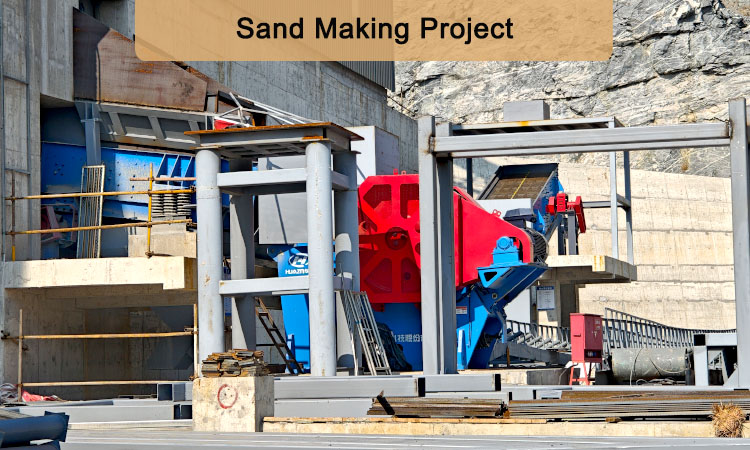Selecting a crusher for 30 t/h basalt processing requires careful consideration of material hardness, feed size, and required output size (0-6mm, 6-10mm, 10-14mm, 14-25mm). Basalt is a hard, abrasive rock (Mohs hardness ~6-7), so wear resistance and crushing efficiency are critical. Here’s how to choose the optimal crusher for 30 tons per hour.
Crusher Selection Criteria for Basalt
Crushing Stage: 2-stage (primary + secondary)
Primary Crusher: Jaw crusher (for high abrasion)
Secondary crusher: Cone crusher (for cubical shape)
Wear Parts: Manganese steel (≥18% Mn)

Recommended Crusher
Primary Crushing (300mm → ~100mm)
Crusher Type: Jaw Crusher (e.g., DHKS-600×400)
Feed Opening: 600×400mm
Max Feed Size: 340mm
Output Size: ~40-100mm (adjustable)
Power: 30 kW

Secondary Crushing (100mm → 25mm)
Crusher Type: Multi-Cylinder Hydraulic Cone Crusher (e.g., HP200)
Closed Side Setting (CSS): 6-38mm (adjustable)
Output Shape: Cubical (better than impact for basalt)
Power: 160 kW

Screening machine
Screen Type: 3-Deck Vibrating Screen (e.g., YK1860)
Decks: 6mm, 10mm, 14mm, 25mm
Oversize (>25mm): Returned to cone crusher (closed circuit)

Alternative Options
Impact Crusher (for softer rock): Not ideal for basalt (high wear).
Vertical Shaft Impact (VSI): Only for final shaping (not primary/secondary).
Mobile VS. Stationary
Mobile (jaw crusher + cone crusher): Good for temporary sites.
Stationary: Better for long-term production.

Luoyang Dahua Heavy Industry is a high-tech enterprise with research & development production, sales, and service. The mobile crushing station has been successfully applied in domestic and foreign mine crushing projects. The company has a professional R & D team, a strong after-sales team, from the equipment selection, site inspection, equipment manufacturing, installation, commissioning, delivery and other aspects for your service.

